This June, the Office of Sustainability organized a field trip to the Deer Island Wastewater Treatment Plant. Current and future Eco-Ambassadors spent a cloudy Friday morning touring the plant and learning about the life cycle of their wastewater, from the drain to Boston Harbor. The field trip encouraged mindfulness about water consumption and showed how wastewater treatment is engineered to maximize efficiency, providing wastewater management for decades to come.
In 1972, the Environmental Protection Agency (EPA) passed the Clean Water Act. The act, among other things, required cities to process wastewater with both primary and secondary treatment. In 1987, Massachusetts created the Massachusetts Water Resource Authority (MWRA) with the goal of updating Boston’s wastewater treatment to comply with the new EPA standards. In 2000, after a decade of planning and construction, the current Deer Island Wastewater Treatment Plant was completed.
Deer Island services 2.5 million people in the Metropolitan Boston area and processes an average of 370 million gallons of wastewater daily. How does wastewater “influent” make it to Deer Island? Gravity drives influent through conveyance tunnels underneath the city. Massive pumps lift the influent 80 to 150 feet up into the plant. Deer Island has a wastewater capacity of 1.3 billion gallons per day, and on rainy days more pumps are brought online to accommodate increased influent.
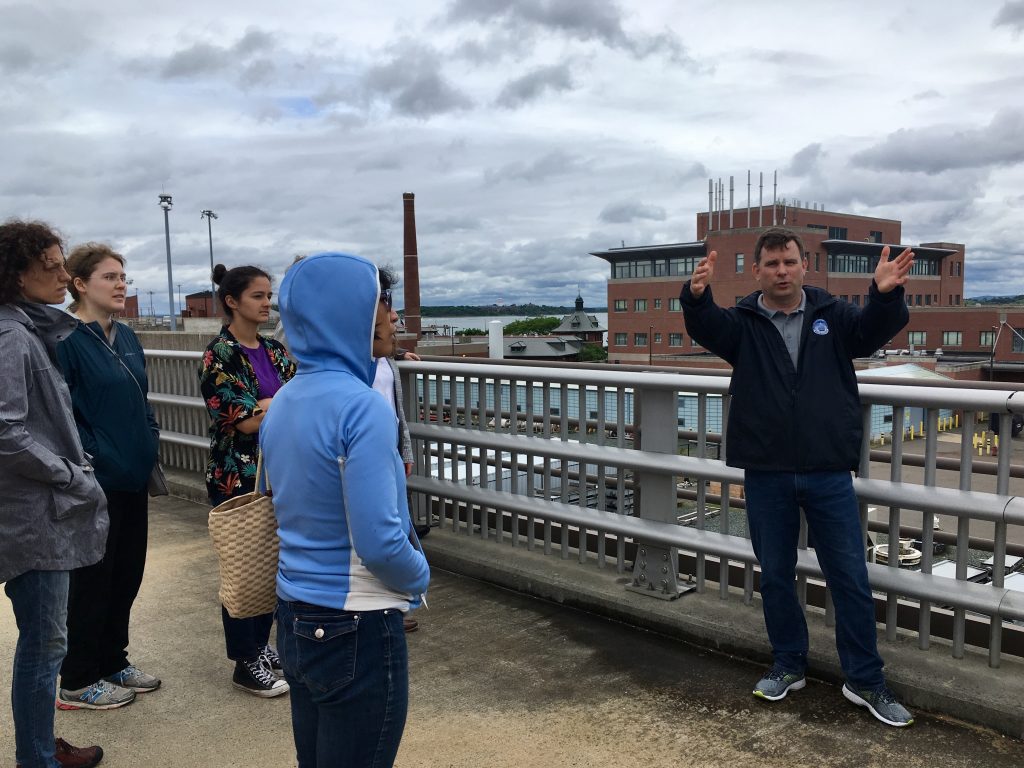
After arriving at Deer Island, influent undergoes primary treatment. Grit is removed and disposed of at landfills, then clarifiers remove pollutants. At this stage, about 60% of suspended solids and 50% of pathogens and toxic chemicals are removed. Gravity separates sludge and scum from the wastewater – scum sits on top of the water while sludge sinks to the bottom.
Once primary treatment is complete, wastewater continues to secondary treatment. Mixers, reactors, and clarifiers remove remaining solids through biological and gravitational processes. Deer Island manufactures oxygen to feed microorganisms which consume dissolved organic matter. After secondary treatment, 85% of pollution has been removed from the wastewater.
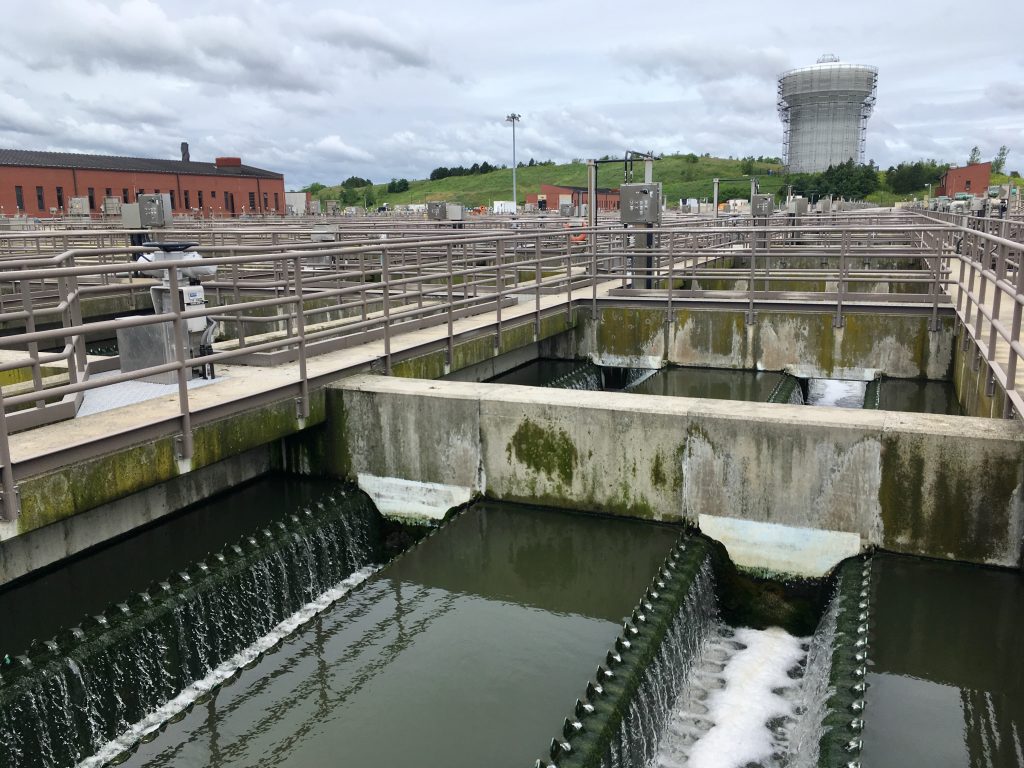
The final step before wastewater “effluent” is discharged is disinfection. Effluent is treated with sodium hypochlorite to kill any remaining pathogens, then sodium bisulfite is added to dechlorinate the water. Effluent is released into the Massachusetts Bay through over 50 individual diffuser pipes, ensuring rapid and thorough mixing with ocean water. The effluent is monitored for appropriate chemical and oxygen levels to protect the local ecosystem.
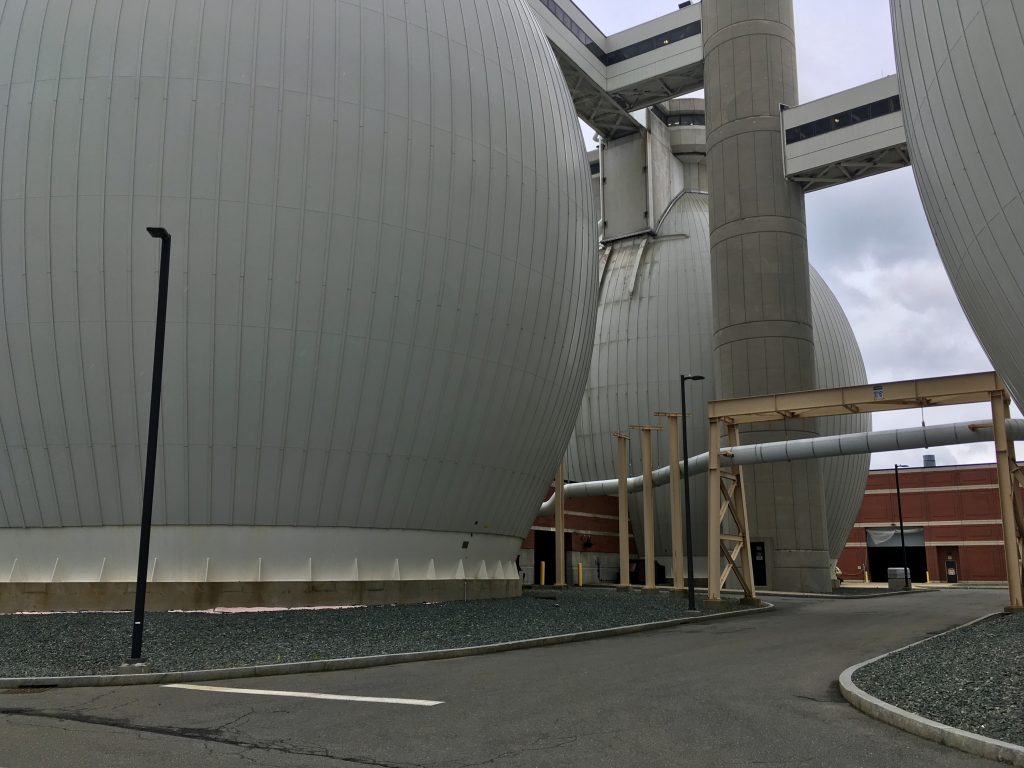
But what happens to the sludge and scum leftover from primary treatment? The solids are first thickened in centrifuges, then added to egg-shaped anaerobic digestors. The digestors are huge, 90 feet wide and 130 feet tall, and carefully maintain a pH and temperature that mimic the human body. Bacteria already present in the waste break down the sludge and scum into methane gas, carbon dioxide, and water vapor. The methane is captured and converted into 95% of Deer Island heating needs and 20% of electricity needs.
Digestion reduces sludge and scum quantities by 55%, and the remaining solids are pumped to the MWRA pelletizing facility in Quincy. The resulting organic nitrogen fertilizer, meeting strict EPA and MA Department of Environmental Protection requirements, is used in agriculture and forestry. Additionally, air from Deer Island is scrubbed of sulfur using filters and activated carbon to prevent sulfur dioxide emissions.
After visiting Deer Island, it’s clear that the plant is designed to operate in the most sustainable way possible. Every output – water, air, gas, solids – is either cleaned to meet environmental standards or repurposed as energy or fertilizer. Residents can rest assured that their wastewater is properly treated thanks to the care and effort of Deer Island planners, engineers, and operators.




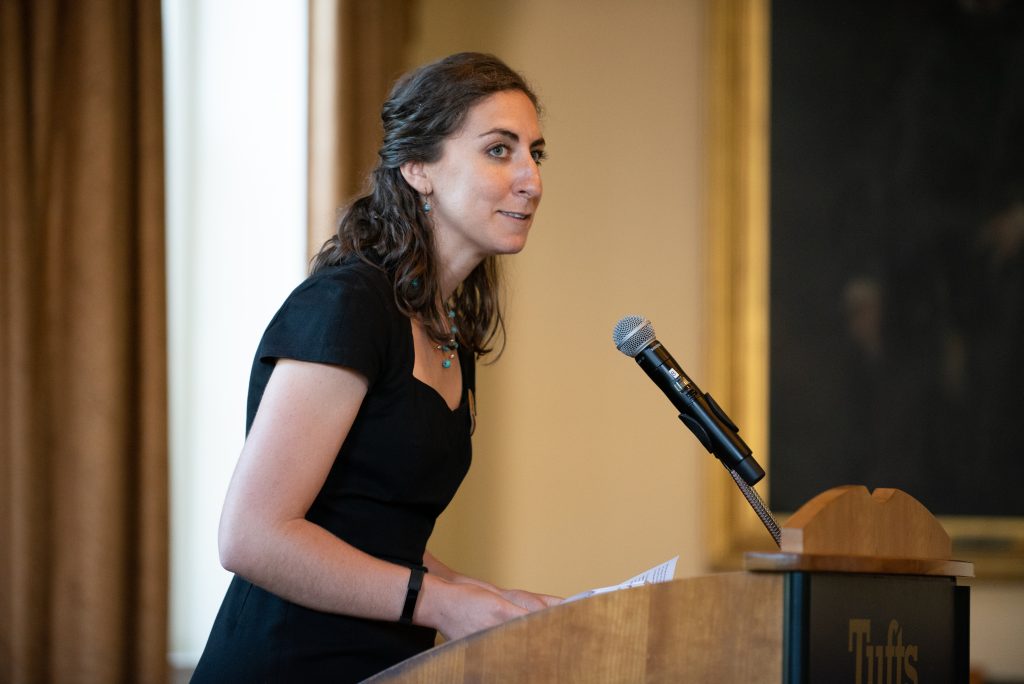
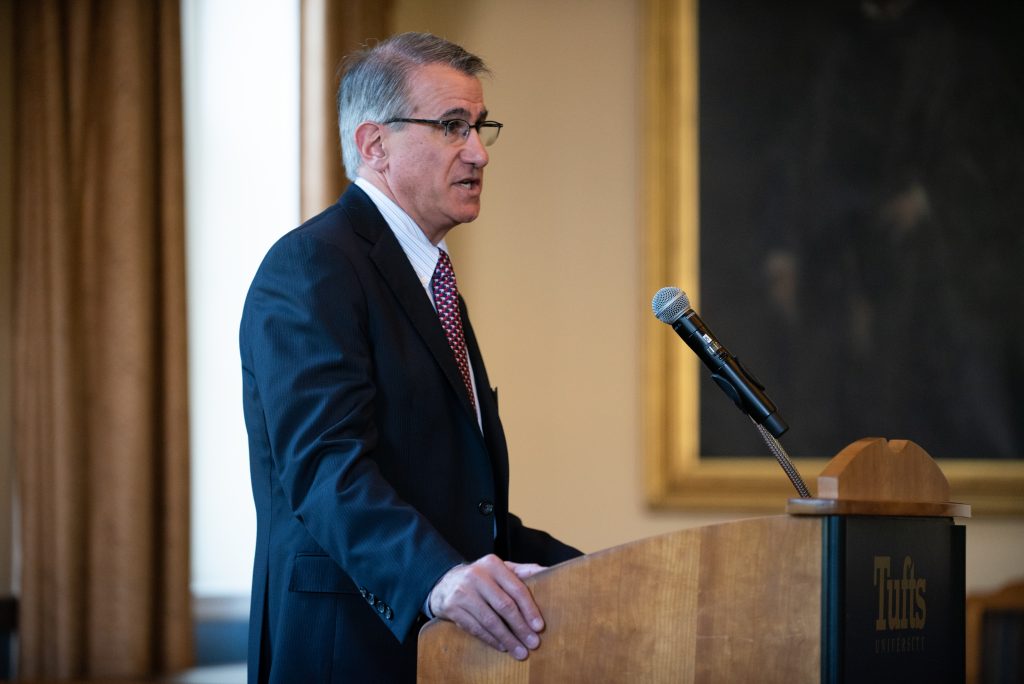
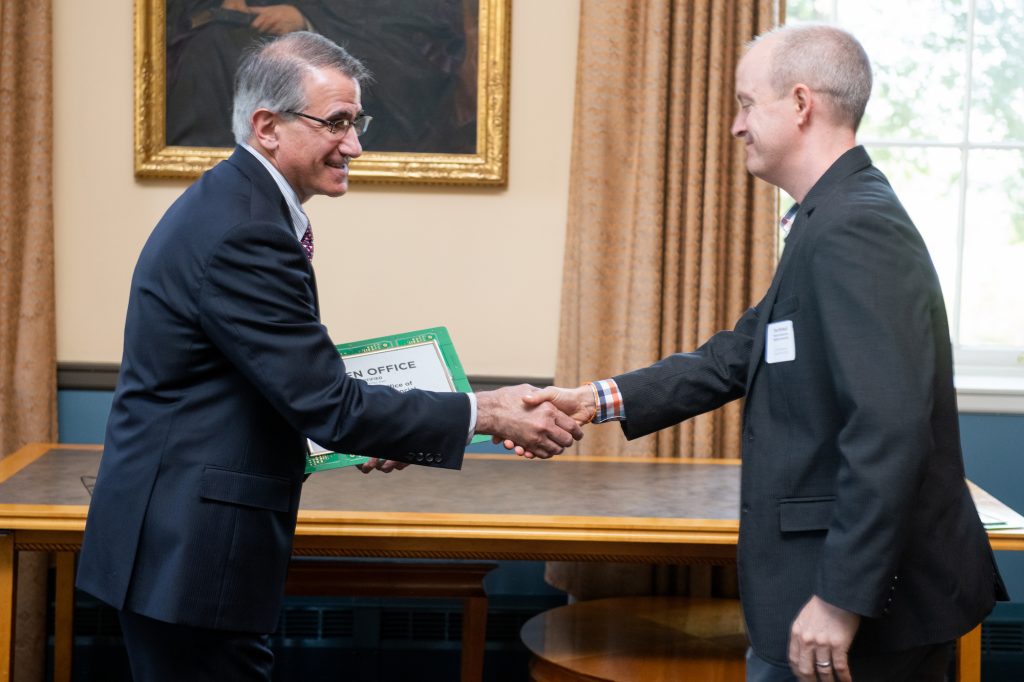


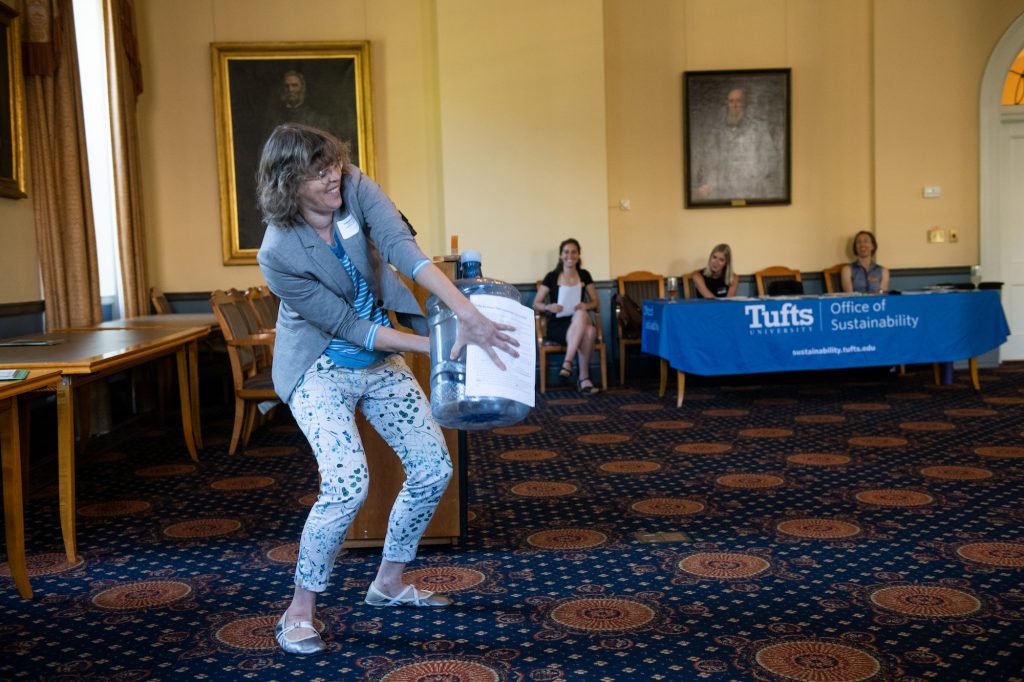
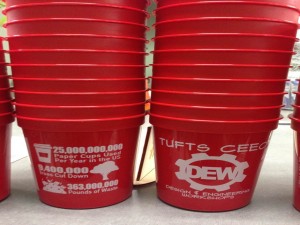

Find Us On Social Media!